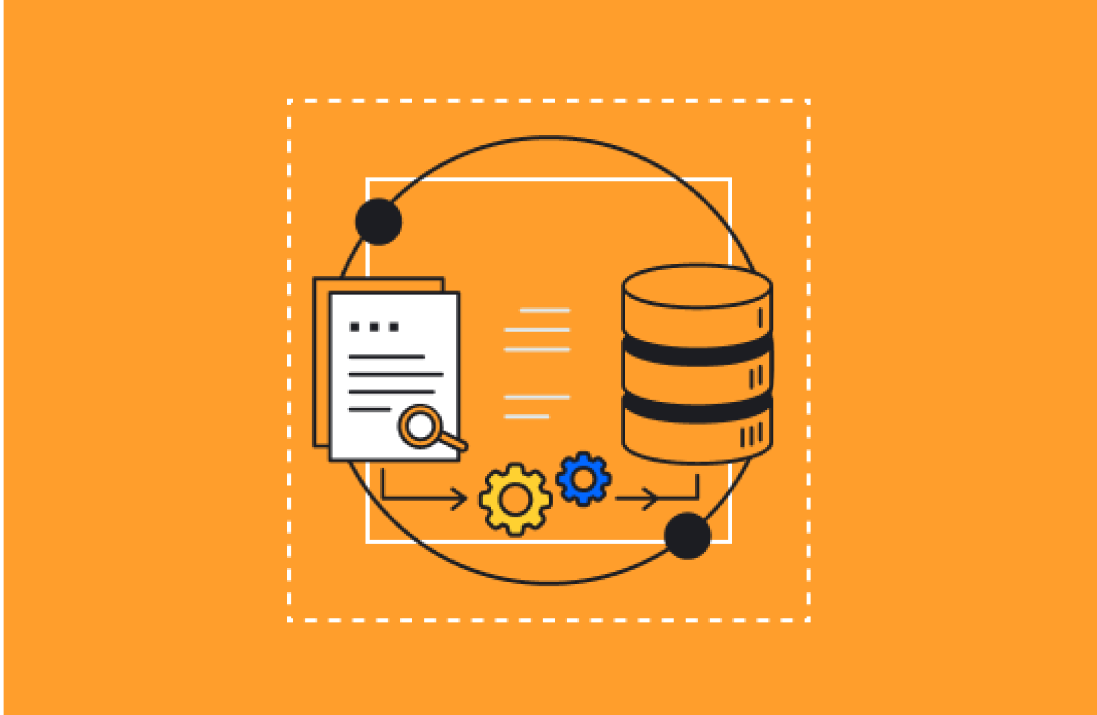What's New with HubSpot's Pricing Model?
Within the B2B SaaS solutions industry things evolve and change quickly and staying informed about pricing models is crucial for businesses aiming to maximize their investments in such platforms.
Recently, HubSpot introduced a significant change to its pricing strategy, specifically regarding how users are accounted for and charged within their system. This move towards a new Seats pricing model marks a pivotal shift that warrants a closer look.
HubSpot has revised its pricing model to now include charges for users within the platform. This adjustment introduces a new structure where, although free seats remain available, their capabilities are limited to viewing, making notes, or responding, without the ability to edit fields.

Perspectives on HubSpot's Pricing Model Shift
Aligning with the Market
The shift in HubSpot's pricing strategy can be seen as an alignment with standard B2B SaaS pricing models, where charging per seat is commonplace. This adjustment is largely influenced by the need to streamline the comparison against direct competitors, such as Microsoft Dynamics and Salesforce, thereby simplifying the sales process by offering a more apples-to-apples comparison.
Lowering Entry Points
One of the most significant benefits of this new model is the lowered barrier to entry for accessing additional Hubs and higher tiers of service. Previously, enterprises looking to explore the capabilities of Service Hub Enterprise faced a steep starting cost. Now, with the ability to purchase single seats at a much more affordable monthly rate, HubSpot has opened the door for companies to pilot new hubs, deploy them to smaller teams, or access enterprise-level functionalities at a lower initial cost.
Impact on Customers and HubSpot
This pricing model revamp is not just a win for HubSpot in terms of aligning with competitors; it also represents a potential windfall in terms of customer spend and partner value capture. By monetizing functionalities that were previously available for free, HubSpot can capture more value from its user base, addressing scenarios where significant portions of a user's team could utilize the CRM without contributing to the platform's revenue.
Rethinking the Market Perception
Beyond a Simple Price Increase
Viewing this change merely as a price hike overlooks the strategic nuance behind the decision. This move addresses a market misconception of HubSpot being a lesser, more affordable option compared to its competitors. By standardizing the cost per user and eliminating the abundance of free access, HubSpot repositions itself as a more premium offering that is still competitively priced against giants like Salesforce, especially on a per-seat comparison.
Long-term Benefits
While some short-term challenges and potential churn from small to medium-sized businesses (SMBs) are expected, the long-term outlook is positive. This pricing strategy is designed to extract more value from HubSpot's core customer base and streamline the competitive selling process against other enterprise CRM solutions, ultimately benefiting HubSpot's market positioning and financial health.
A Strategic Move for Sustainable Growth
HubSpot's shift to a Seats pricing model is a calculated step towards aligning with industry standards while making its offerings more accessible and appealing to a broader range of businesses. By reevaluating how users are charged, HubSpot not only enhances its competitive stance but also opens up new avenues for growth and customer engagement. As the B2B SaaS market continues to evolve, such strategic pricing adjustments will be key in determining which platforms can sustainably grow and maintain relevance among their target audiences.
Learn more about the new pricing model here.






